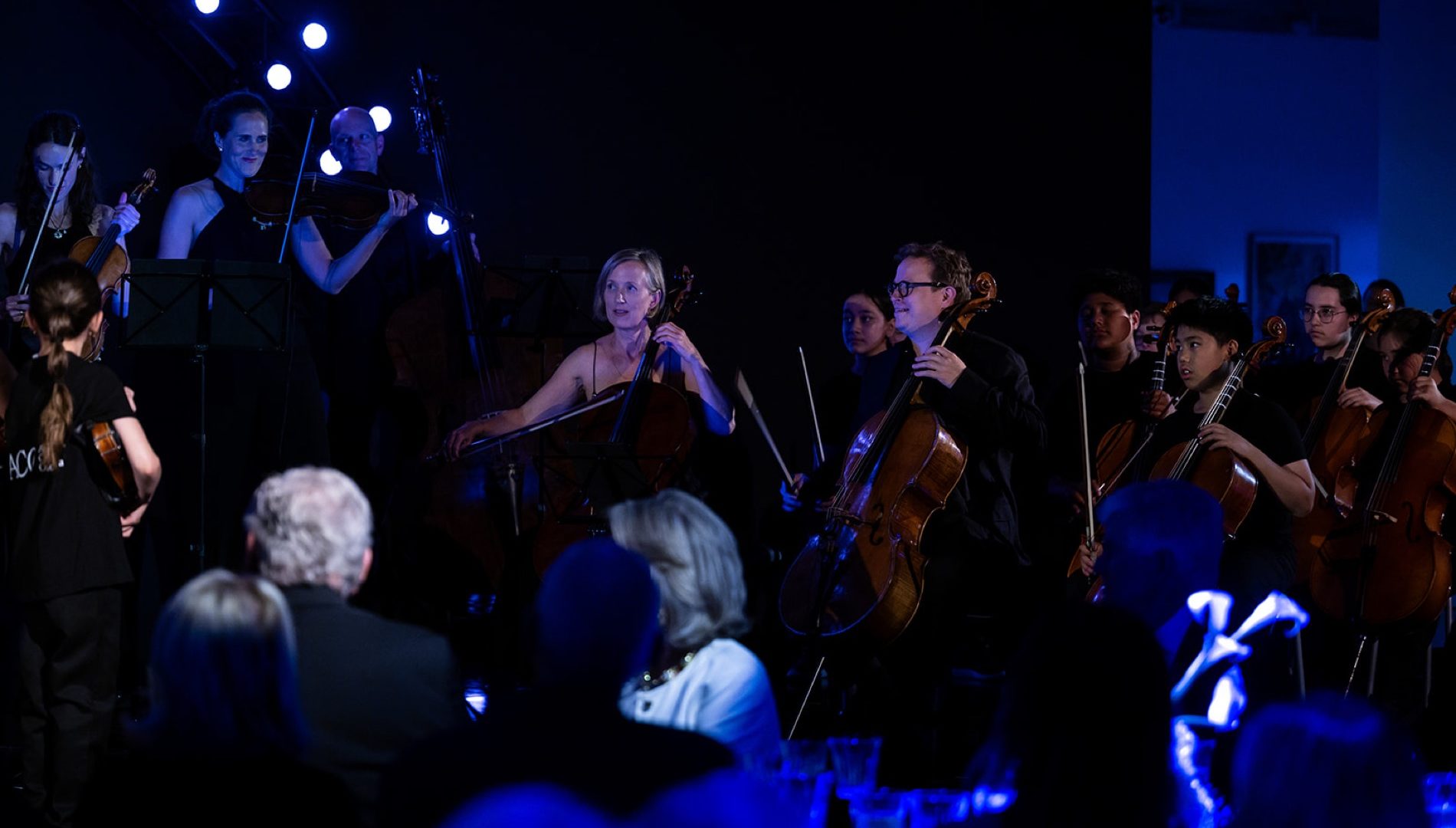In Valenciennes in the north of France, entrepreneur Xavier Lucas has resurrected the building which was formerly the city’s general hospital. A colossal construction project to create a 4-star hotel with outstanding facilities in 18th century surroundings.
1752 saw the start of construction work in Valenciennes which would bring a striking new addition to the city’s landscape: the future general hospital. The building work was only completed in 1774. The term ‘general hospital’ denoted a reality that doesn’t quite match up with the modern-day definition.

Indeed, this institution was more aligned with ‘hospitality’ – and that’s an understatement – than medicine per se. It was Louis XIV who originally came up with the concept of a ‘general hospital’, where the treatment of patients only played a very indirect role. Its main raison d’etre was in fact to group together society’s most disadvantaged individuals within a single space, where they would live with a degree of self-sufficiency. These individuals – including disabled people, elderly people, vagrants and prostitutes – were taken there, or more often than not, detained. It was seen as a two-pronged solution to the issues of begging and the cours des miracles, the slum districts of Paris which had become home to unemployed migrants from rural areas.
Valenciennes Hospital (in the usual sense of the term) later acquired ownership of the building and converted it into a retirement home. Gradually, as a result of time, evolving standards and the challenges that came with the upkeep of such a huge space, the building became unfit for purpose and fell into a state of disrepair. This remained the case until the authorities decided to restore the monumental heritage site, entrusting an external operator with its renovation and development.



It was at this point that Xavier Lucas became involved with the project. Through his company, la Financière Vauban, this entrepreneur from northern France had already turned the redevelopment of derelict heritage sites into his area of expertise. His job description? Completely restoring these sites and reintegrating them into the local economic fabric by giving them a new function, usually that of a hotel. When it comes to design, his projects sit at the upper end of the market. It’s not a matter of working with enormous spaces merely in terms of their square footage, but of restoring each original building to its former lustre, while simultaneously bringing it up to modern-day standards. That’s what made this project particularly challenging, with 18th century architects not having designed the building with the comfort and safety standards of the 21st century in mind. To run an operation of this magnitude, Xavier Lucas – who was awarded the project right under the noses of major groups like Eiffage and Vinci – would have to demonstrate both determination and rigour, with an underlying passion also a key element. It would undoubtedly be more profitable for a property developer to lay new bricks to create conventional accommodation, instead of embarking on the cumbersome restoration of historic monuments. But this newcomer from the north looks back fondly on Sunday strolls with his parents to heritage sites and considers being around them a part of his DNA. As a result, choosing another path was never an option. He saw it as his calling to tackle this colossal construction site head-on: 55,000 m², the largest private historic monument in France – and all the constraints that go with it.




An operation with a total duration of 8.5 years, a 70 million euro budget – not to mention 5.5 years of construction carried out by 300 employees (80% of whom were associates) and 2 years of research prior to starting the works. There was no longer a roof or any structural framework in place. They had to get rid of the remnants of a fire and rebuild everything to mirror the original building, while still respecting the techniques of the time. Some sections of blue stone were removed, restored in the workshop and then re-laid. The construction of the pool alone lasted a year. The works were completed in collaboration with the City of Valenciennes, the Direction régionale des Affaires culturelles (Regional Directorate of Cultural Affairs), an architect from the Monuments Historiques (historic monuments) review board, and an architect from the Bâtiments de France board. Each one of these renowned institutions had interests in achieving the best result possible.







When you get there, you can see that it was worth the effort. This 55,000 m² building houses 160 luxury apartments, Valenciennes Métropole’s new offices, and, most significantly, the Royal Hainaut, a 4-star hotel of a new kind. An ‘urban resort’ which promises a unique and exceptional stay, combining the characteristics of a place steeped in history with the comfort and space of the latest standards in luxury hotels. The hotel, open since May 2019, has already proved a success and it would seem that it has become a destination location in its own right (40% of the weekend clientèle come from Paris), far more than just a place for a quick stopover. The city of Valenciennes can take pride from this major new tourist attraction and monumental heritage site, as well as from the 130 permanent jobs that were created to bring it back to life.







